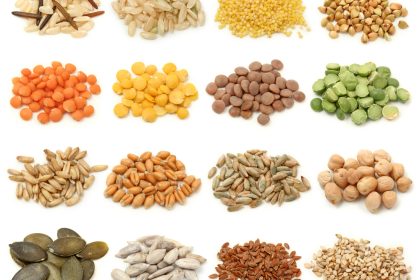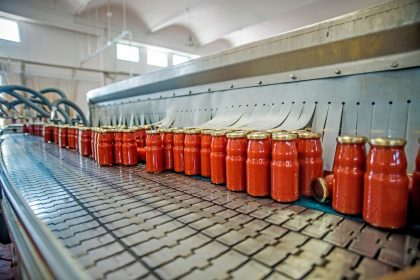In recent years, the climatarian diet has gained traction, especially among younger generations. A 2022 survey by Food Insight revealed that 33% of Gen Z respondents consider environmental sustainability when purchasing food and beverages. Furthermore, 50% believe their choices significantly impact the environment. This growing awareness has positioned the climatarian diet as the third most popular dietary choice in America, following low-carb and intermittent fasting diets.
What are climate-friendly foods?
Climate-friendly foods are those that have a minimal environmental impact during production. They require less energy, land and water, resulting in lower carbon emissions compared to other food options. While locally sourced foods are often climate-friendly, it’s important to note that transportation emissions are generally less significant than those from production. However, air-freighted foods, such as asparagus from Australia, are exceptions to this rule. Typically, climate-friendly foods are plant-based and minimally processed.
Top 10 climate-friendly foods
Based on extensive research analyzing over 38,000 commercial farms globally, here are the top climate-friendly foods with the lowest greenhouse gas emissions:
10. Peanuts
9. Tofu
8. Cow’s milk
7. Beans
6. Corn
5. Wheat
4. Soy milk
3. Peas
2. Root vegetables (including potatoes, onions, and carrots)
1. Tree nuts
Shoutout to beans as a climate-friendly food
Beans deserve special recognition among climate-friendly foods. They are not only nutritious but also have a minimal environmental impact. Beans require significantly less water than meat and many varieties can thrive without fertilizers by naturally pulling nitrogen from the air. This makes them an excellent staple for eco-conscious eaters. For those looking for a delicious recipe, consider trying a vegan version of Hoppin’ John, featuring black-eyed peas.
Is meat a climate-friendly food?
While some studies suggest that meat consumption does not need to be entirely eliminated for a low-carbon diet, it’s crucial to be mindful of the types of meat consumed. Beef, in particular, has the highest carbon footprint among foods and should be limited in a climatarian diet.
Would eating climate-friendly foods solve the climate crisis?
With agriculture contributing approximately 26% of total carbon emissions, adopting a climatarian diet can play a significant role in addressing the climate crisis. While individual actions alone may not suffice, widespread adoption of climate-friendly eating habits could lead to meaningful change.
By embracing the climatarian diet and choosing climate-friendly foods, we can make a positive impact on our planet’s future.
















